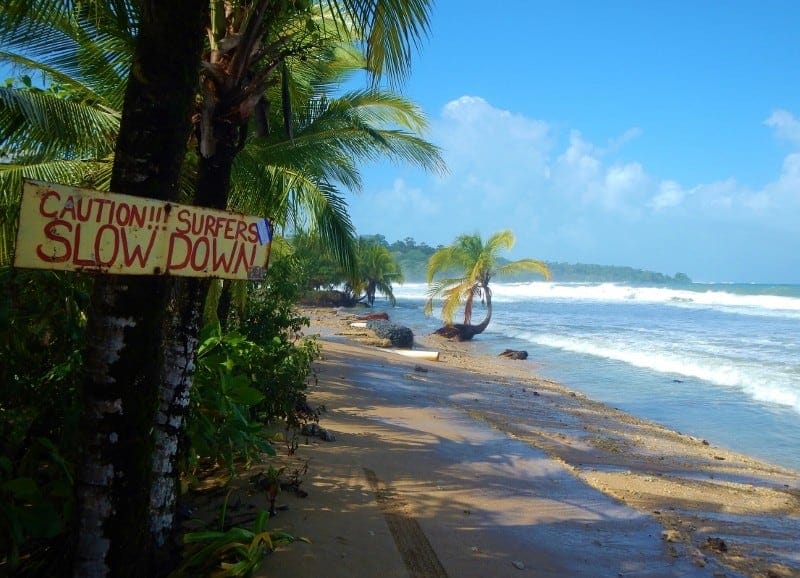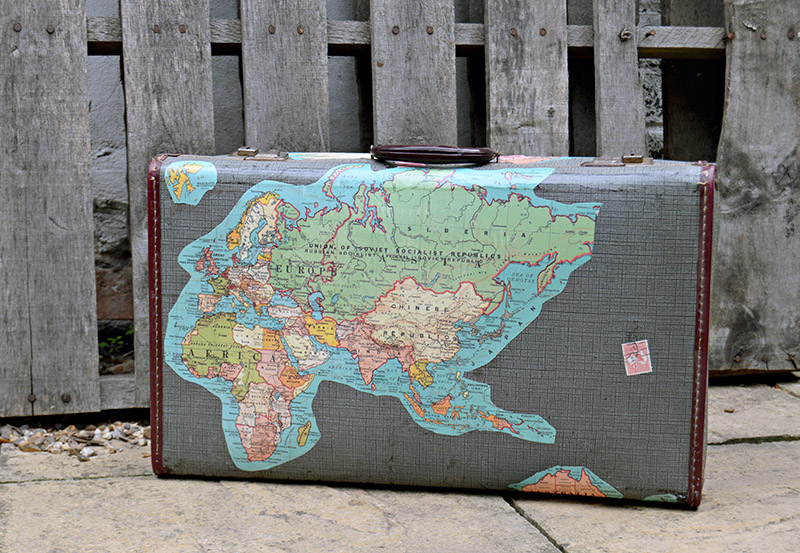Travelling is a dream, more or less secret, for many students. They are growing up, becoming adults, and their unquenchable thirst for more knowledge is always hunting for new horizons. Encouraged by their study and by a huge travel literature, some students are eager for museums, exhibitions and cultural events, others are fascinated by remote mystical spots, others are compellingly attracted by extreme challenges.
Yet the goal of a journey is perhaps less important than the journey itself. “Travel doesn’t merely broaden the mind. It makes the mind” (Bruce Chatwin): exploring the world with an open mind and a positive attitude, getting in touch with far cultures and diverse people can really make your points of view more flexible and objective, even showing how life in your homeland, in your very hometown is just one of the countless possible way of living on this planet. Is one better than another? The more you travel, the less your judgements are conclusive.
How to plan a budget travel
Unfortunately, college and university years are often associated with an endemic lack of money and many travel wishes often turn in broken dreams. Yet traveling inexpensively is possible and several websites offer useful travel tips, sometimes very unusual, on how you can create a budget travel. A smart planning, moreover, can even allow you to earn money while fulfilling your dreams!
Hence take a seat, pen and paper, and let’s start defining the goals for your next trip!

- Where, when, how much. Indeed, the basis for every travel! They should be planned together: the available budget and the travelling season influence the final decision on the target. There are many cheap travel destinations you can choose among, a bit off the beaten track maybe, but as charming and stunning as the most popular touristic spots.
- Be informed! Once you have set your destination, once you know by and large when you will travel, you should gather as many info as possible, starting with the main goal of your trip: an exceptional music festival, a couple of special archeological sites, an unspoiled natural area. From that starting gate, expand your search, read travel blogs and don’t be afraid to get in touch with more experienced senior travelers, they are usually very helpful and fond of useful tips.
- Flights and connections. Every airline has a travel planner showing the cheapest flights around a certain date. Just be careful and check the eventual coincidences with airport connections, trains and buses: sometimes low-cost flights force you to biblical and annoying waits.
- Be precise! Accuracy and punctuality are a must when travelling, particularly as regard airport procedures, check in, baggage drop-off etc. Precision is especially vital when you are abroad, perhaps in a non-English speaking country. I would also suggest to have a copy of your ID documents, as well as of air/bus/train tickets.
- Be unprecise! When visiting a town, a region or a country, you simply can’t see everything. I follow a very easy rule: besides a small numbers of spots, buildings, museums I really want to visit, I let my instinct guide me, choosing what to do on the basis of the available time, the weather and on my today mood and shape. It works! Travelling becomes more relaxing and enjoyable.
- Essential and unnecessary. Travelling light is warmly recommended. Write down a list of what should be included in your luggage and check it by and by before leaving, excluding each time everything that sounds superfluous. You can also google for some tips on how travel lightly. Remember to include a guide book in your list!
- Avoid tourist traps. Every touristic town has one or more areas packed with souvenir shops selling improbable typical handmade unique stuff. Such articles are also valuable, but with some patience and a pinch of luck, you can probably find some more authentic and less expensive objects.
- Look where the locals eat. Many travel sites suggest to cook your own food in order to lower the costs of your journey; sometimes, however, it is not possible, or you just want to taste the local food. In this case I recommend, again, to avoid places full of tourists, looking for some small, maybe hidden and not too glimmering restaurant instead: here you can usually experience the most authentic food of a region, for a fair price and with the right atmosphere!
- Avoid areas known to be dangerous. Unfortunately world is not a safe place. There are wars going on, tensions ready to explode at any moment, also every metropolis has areas with a high crime rate. Finding yourself in such areas can turn very expensive and dangerous. Travel safely is something not to bargain on, for you and for your family waiting at home.
- Written and unwritten rules. Every society has some unwritten standards of behavior, which can be very different from yours. Some observation before acting can be very rewarding: showing respect for the country you’re visiting immediately make people more friendly, which practically results in preferential and economically more advantageous dealings.
- Add some local flavor to your trip. Besides the touristic attractions, there are often minor events targeted to local people. A folk music festival or a jazz evening, for example, are cheap ways to dive into the local culture, also giving you the opportunity to meet actively with locals.
- Share your gifts and skills. Travelling means meeting new people and hopefully making new friends. Sharing your passions with them, for example by cooking some special recipes from your country, can be a good, economical and funny way to strengthen the friendship.
- Use technologies. The image of the Romantic traveler taking notes with ancient Roman ruins in the background is a long time gone memory. Nowadays we are dependent on technologies, and we can smartly use them to save money during our travels. Use Skype or WhatsApp to call home, possibly when a free WI-FI connection is available, or use some free online storage service to save your photos.
- Use your skills. A notebook, a connection to the internet and some special skills can even make you earn some money. There are several freelance jobs you can do while travelling, writing for example. Many website offers cheap paper writing service and are always looking for new talents.
- I wouldn’t say that smiling makes you directly save money, but a positive attitude to whatever happens when traveling is rewarding anyway: we go through a journey as we go through life, doing it with an open smile makes everything easier, funnier and lighter. So, why don’t smile?
This article was contributed by Robert Everett who is a freelance writer currently based in Chicago. Solving students career and university problems. Having interest in marketing and business.
